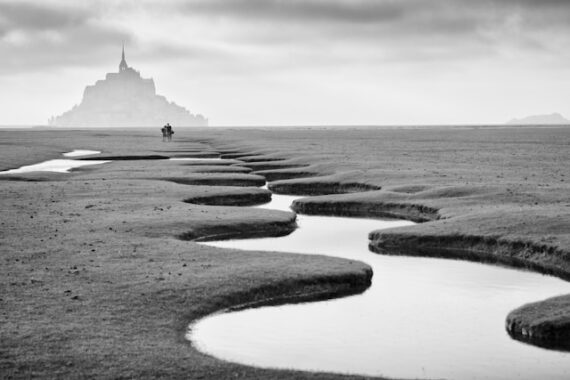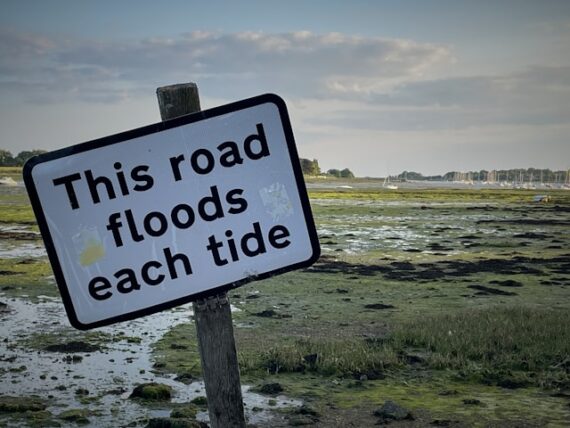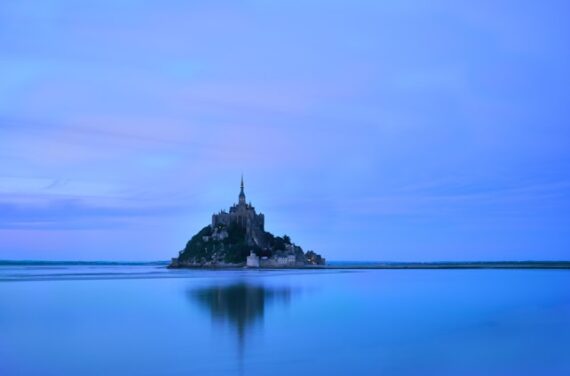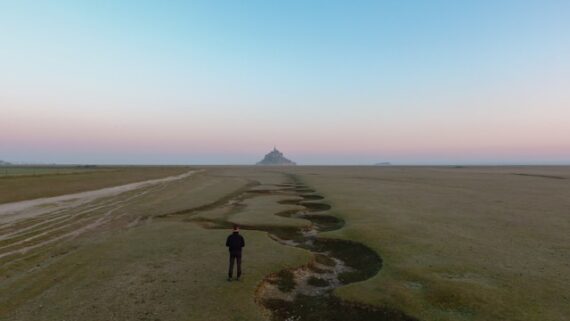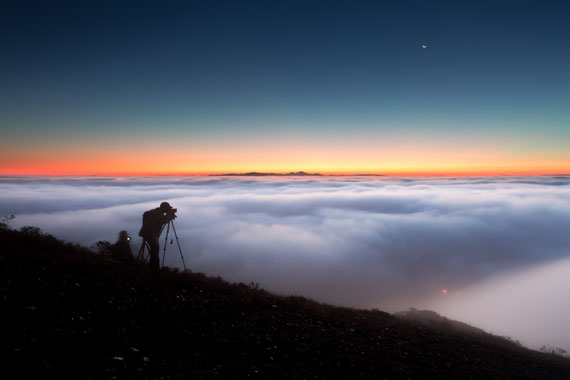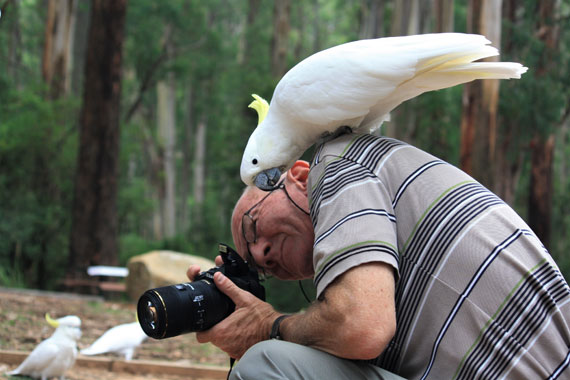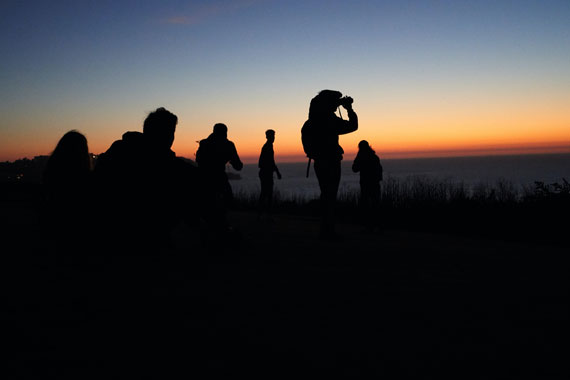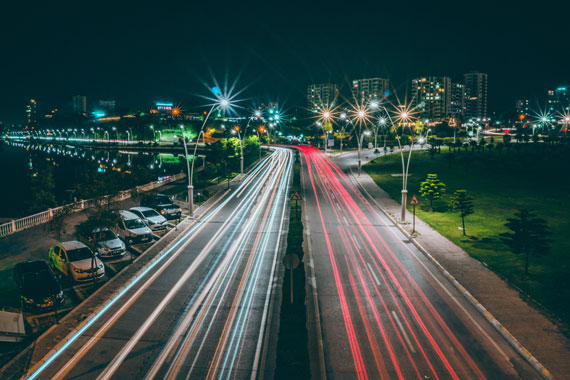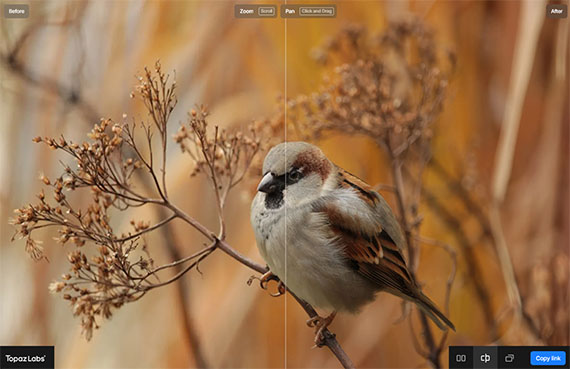Manual mode has a reputation for being slow, technical, and impractical for travel photography. When you’re moving through busy streets, hopping between locations, or reacting to fleeting moments, it can feel like there’s no time to think about shutter speed, aperture, and ISO.
The truth is the opposite: manual mode can actually make you faster—once you learn how to use it strategically.
This guide shows how to use manual mode on the road without missing moments, so you stay creative, consistent, and in control while traveling.
Related: Want to finally master manual mode in the new year? PictureCorrect Premium gives you weekly practice — and to start the New Year, the first 3 months are just $1
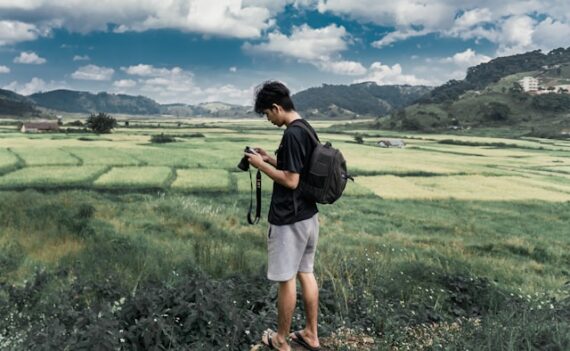
Why Manual Mode Makes Sense for Travel
Travel photography throws constant curveballs at your camera:
- Bright sun → shade → interiors
- Backlit scenes and silhouettes
- Night markets, city lights, and motion
- Snow, sand, water, and reflective surfaces
Auto modes react after the scene changes. Manual mode lets you anticipate conditions and lock in settings that work across a range of shots.
The result?
- Consistent exposures
- Faster shooting once set
- Fewer ruined images when light fools your camera
The Travel Photographer’s Manual Mode Mindset
The key is not adjusting settings for every single shot.
Instead, think in terms of shooting scenarios.
Ask yourself:
- Am I walking outdoors in steady daylight?
- Shooting indoors with window light?
- Photographing people moving through a scene?
- Capturing static landscapes?
Once you identify the scenario, you dial in settings that work for most shots in that environment—and then you shoot freely.
A Simple, Fast Manual Mode Setup
Use this as a starting point for most daytime travel situations:
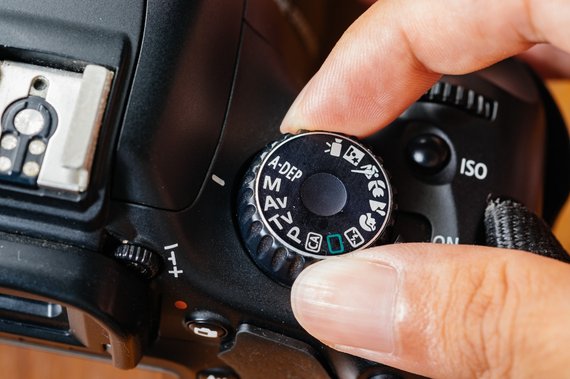
- Aperture: f/8
Sharp, flexible, and forgiving for streets, architecture, and landscapes. - Shutter Speed: 1/250s
Fast enough to freeze people, walking motion, and handheld shots. - ISO: Adjust for light
Start low (ISO 100–200) in bright light. Raise ISO as needed—modern cameras handle it well.
Once set, you can walk, shoot, and react without constantly checking your screen.
Use the Meter—Don’t Obey It
In manual mode, the exposure meter becomes a reference, not a rule.
- Bright scenes (snow, beaches, white buildings)? Let the meter sit slightly under.
- Dark scenes or night shots? Expect it to lean over.
The goal is predictable results, not perfect zero every time.
Pre-Set for Common Travel Scenarios
Here’s how to stay fast while staying manual:
 Bright Outdoor Walking
Bright Outdoor Walking
- f/8
- 1/250s
- ISO 100–200
 Streets + People
Streets + People
- f/5.6–f/8
- 1/320s or faster
- ISO as needed
 Landscapes
Landscapes
- f/8–f/11
- 1/125s+
- ISO 100–400
 Evening / Night Markets
Evening / Night Markets
- f/2.8–f/4
- 1/60s–1/125s
- ISO 1600–6400
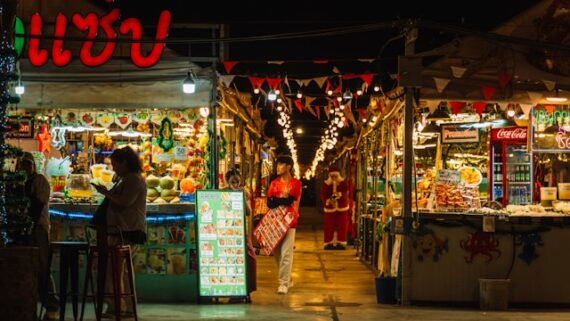
Once you move into a new lighting environment, adjust one variable, not all three.
Let ISO Do the Heavy Lifting
If you want speed:
- Lock aperture for the look you want
- Lock shutter speed for motion control
- Adjust ISO as light changes
ISO is the fastest dial to turn—and the least disruptive to your creative intent.
This approach keeps manual mode quick and intuitive.
Don’t “Chimp” Every Shot
Constantly reviewing images slows you down and pulls you out of the moment.
Instead:
- Check exposure once when lighting changes
- Trust your settings
- Focus on timing, composition, and storytelling
Manual mode rewards confidence.
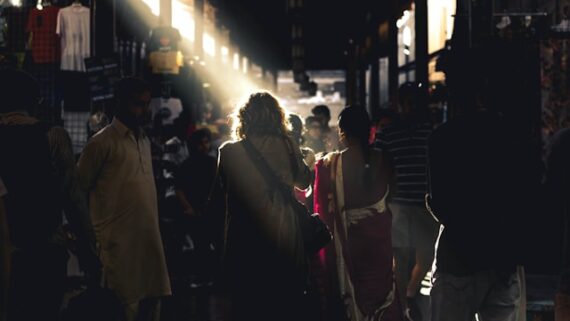
Manual Mode Is About Fewer Decisions, Not More
When done right, manual mode:
- Reduces surprise exposures
- Eliminates constant compensation
- Makes your results predictable
- Frees you to focus on what matters
You’re not fighting your camera—you’re leading it.
Final Thoughts
Manual mode doesn’t have to slow you down while traveling. With a scenario-based mindset, smart presets, and a willingness to trust your setup, it can actually make you faster and more consistent.
Travel photography is about moments, light, and stories—not menus and settings.
Once manual mode clicks, it becomes second nature—and your photos will show it.
Early Subscribers Are Already Ahead:
Every week, more photographers are joining PictureCorrect Premium to level up their craft — and with the New Year offer running, it’s the perfect moment to start. Inside, you’ll find expert-led tutorials, creative challenges, and printable exercises that make each lesson stick.
Whether you’re working to master manual mode, lighting, or composition, Premium gives you the structure to make steady progress. The special $1 intro offer is ending soon, and once it’s gone, so is your chance to lock in early access.
Deal ending soon: New Year Discount Enrollment PictureCorrect Premium
from PictureCorrect https://ift.tt/sc3lF8W
via IFTTT






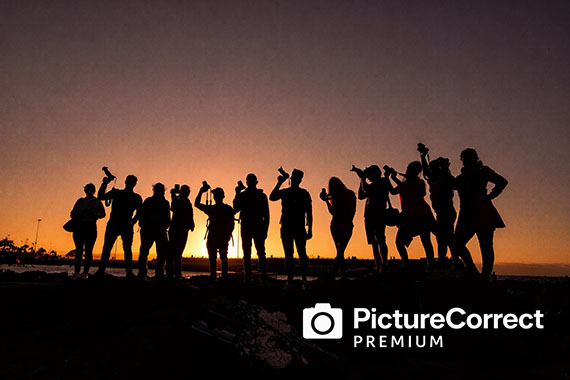
 New Year Sale
New Year Sale